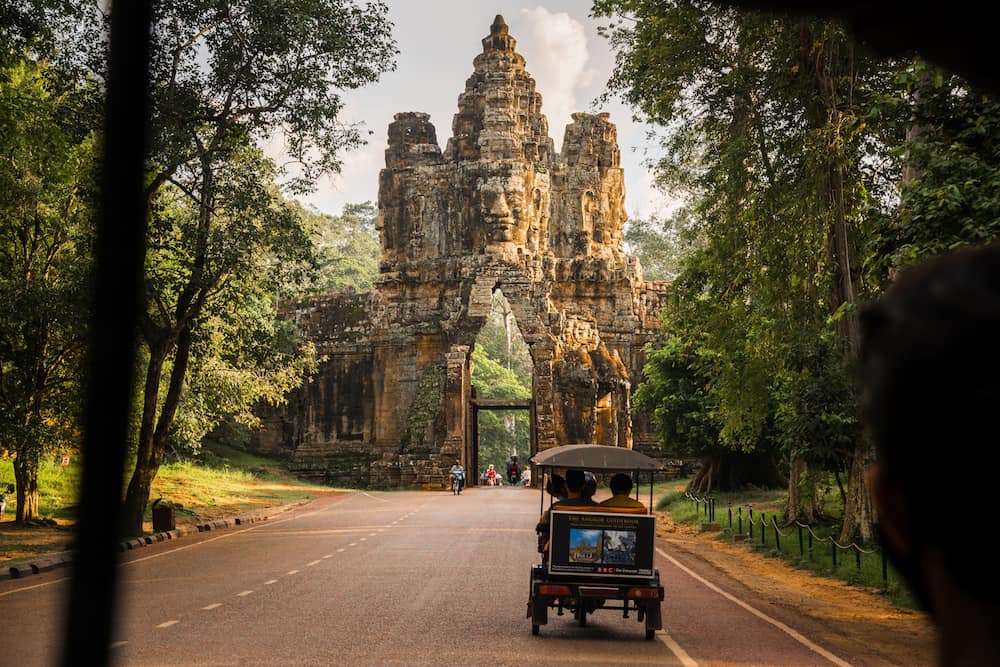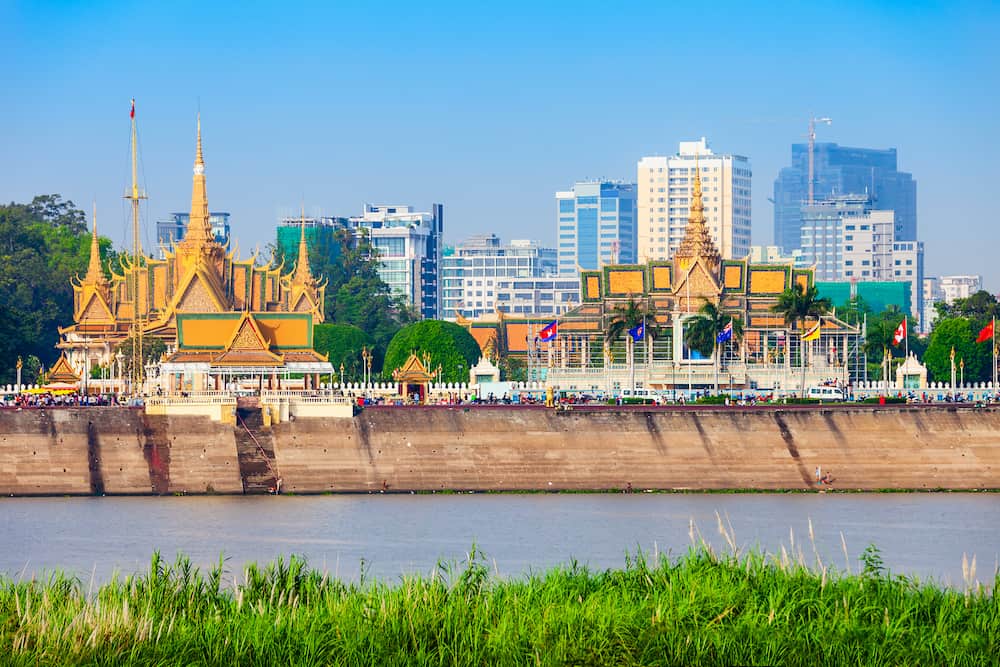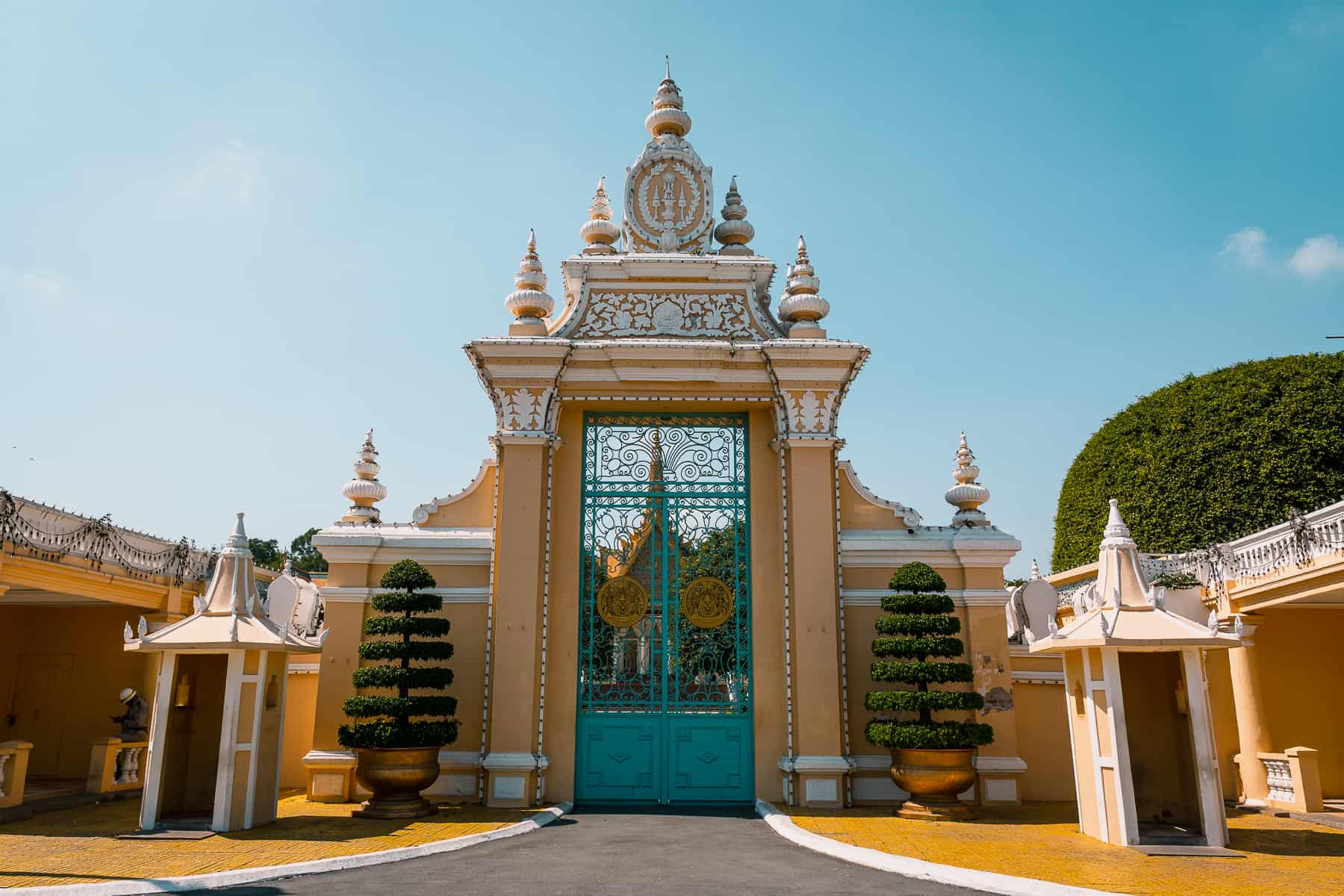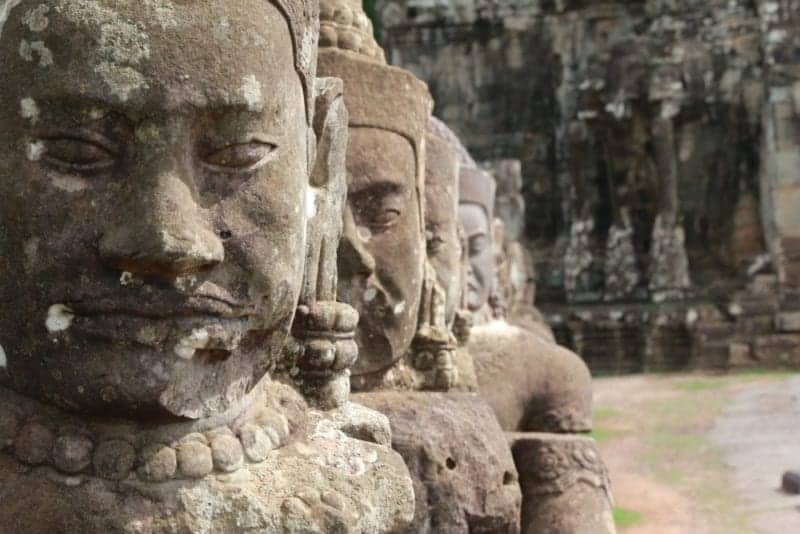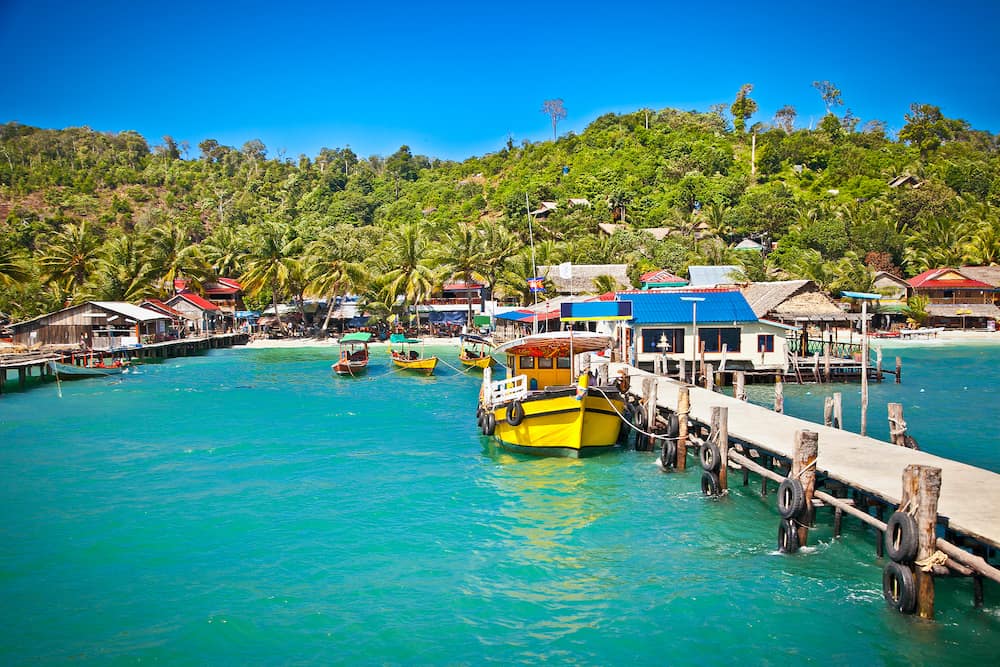Guide to Tayrona National Park
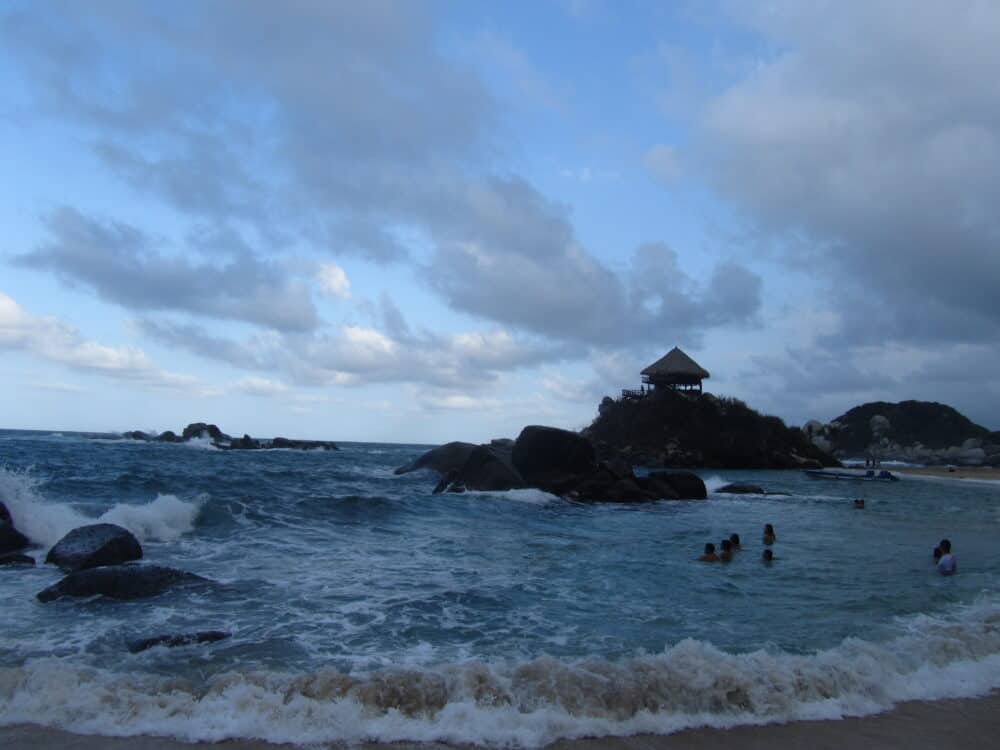
The Parque Nacional Natural de Tayrona aka Tayrona National Park is one of Colombia’s most famous natural areas. It is located at the roots of the Sierra Nevada mountain range, where the foothills of the mountains run in to the Caribbean Sea.
Located about 6 hours north of Cartagena, Colombia’s preeminent tourist destination, it is undoubtedly a stop that beach lovers and nature lovers have to include during a visit to Colombia’s Caribbean coast.
In addition to some gorgeous views of the mountains running into the sea and the accompanying giant boulders, Tayrona is also a great chance to escape from the city, enjoy some peace and quiet, and chill out on some terrific and mostly unspoiled beaches.
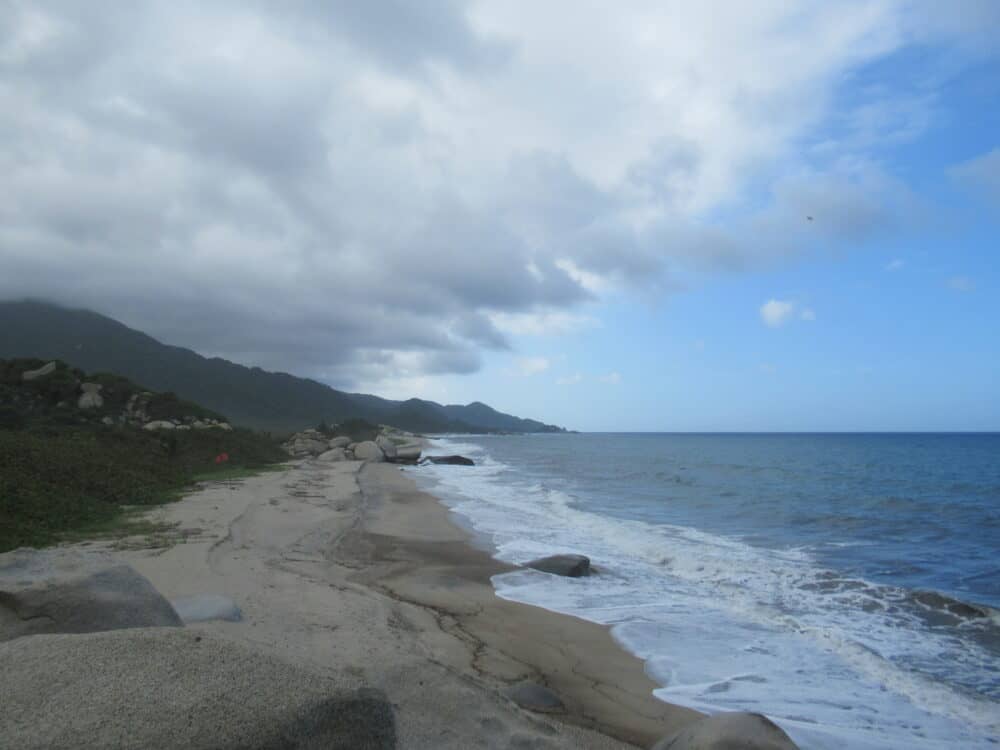
Plan your trip
Save on fees abroad with the Wise Card—use it at ATMs, restaurants, and for flights or hotels in over 150 countries. Manage 40+ currencies in real-time with the Wise app.
Need Help Planning?
- Cheap Flights: Find the best deals.
- Accommodation: From hostels to luxury stays.
- Car Rental: Affordable options worldwide.
- Sightseeing Tours: Explore without breaking the bank.
- Travel Adapter: One adapter for all your needs.
- Travel Insurance: Don’t risk it—stay covered.
This post includes affiliate links. Read my full disclosure and content policy.
How to Get to Tayrona
You will generally want to arrive to the city of Santa Marta first. There are some charter bus services from Marsol to Tayrona direct from Cartagena, but on a limited schedule.
Marsol, Berlinas, and buses from the terminal in Cartagena will also get you to Santa Marta. Once there, you can take a bus from the market in downtown Santa Marta. Look for the bus that has a list with Tayrona along with Palomino and Riohacha in the window.
It will take about 90 minutes to 2 hours to arrive on the bus, depending on how many stops it makes. Be ready for locals to get on with all sorts of things. The last time I went, there was a collection of bags of concrete in addition to a crate of chicks.
The bus will usually stop outside the main entrance of Tayrona, known as el Zaino, but if you want to be double sure, just ask the driver or the sparring, the guy who collects the money, to give you a shout when they pass the park.
If you are coming from north of the park, like from the beach town of Palomino, look out for the bus on the main street heading south, which you can easily catch to arrive to the main entrance to Tayrona Park at el Zaino. If you are coming from the pretty mountain town of Minca, you’ll need to pass through Santa Marta first and follow the instructions above.
Where to Stay in Tayrona
The most popular spot to spend the night in Tayrona is at Cabo San Juan del Guia, a cape inside the park where a large rock formation extends out into the sea creating a neat little bay on one side and another nice beach on the other.
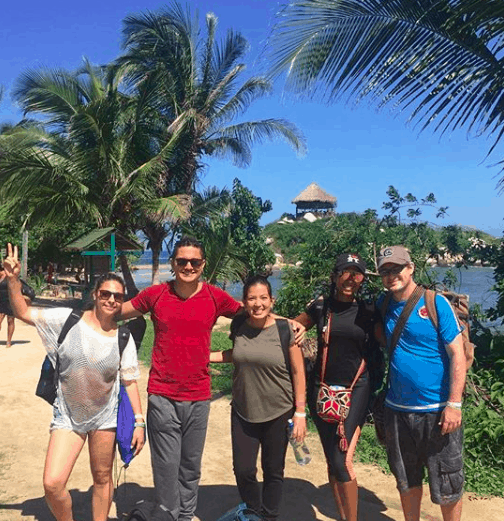
At Cabo San Juan del Guia, you can rent a space to pitch your own tent, rent a tent, or rent a hammock. The hammocks are hung under a thatch roof and include a small locker, and there are some hammocks atop the rock on the cape for a tad more pesos a night. They have an incredible view, but are, of course, a bit further from the bathrooms too.
Speaking of bathrooms, all of the options for where to stay at Cabo San Juan del Guia include access to the communal bathrooms and showers. It is best to try to avoid peak hours just around sundown and keep in mind they are camp site facilities. Actually, they are not half bad for campsite showers and bathrooms, but they are campsite showers and bathrooms.
There are a handful of small cabins at Cabo San Juan del Guia as well as even nicer glamping style cabin accommodations at the Ecohabs closer to the entrance to the park for those looking for nicer and higher end options for where to stay in Tayrona.
What to See in Tayrona
The main attraction in Tayrona is without a doubt the gorgeous, unspoiled beaches, and the surrounding, beautiful scenery.
As you hike in from the path at the main el Zaino entrance, you’ll enter the forest, pass over a short boardwalk, and climb up to an amazing look out point. From here, you’ll be able to see beaches on either side, and take some amazing pictures.
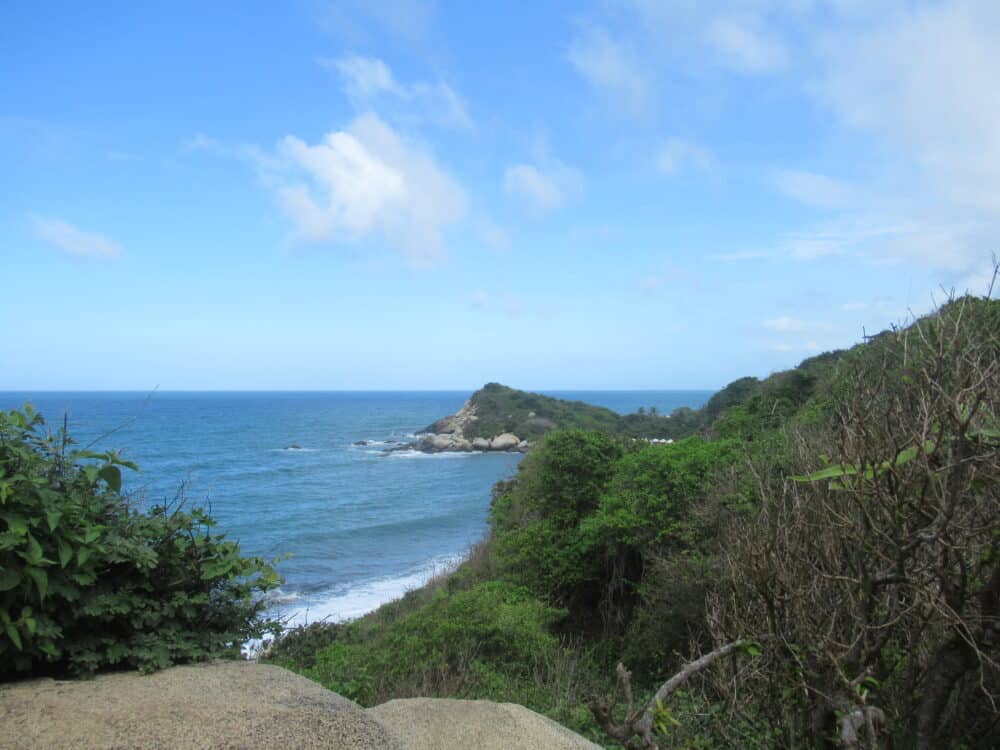
Continuing down, you’ll eventually follow a path along that beach yourself. Here, strong currents make swimming dangerous and a non-option, but the view of waves crashing against the beach is no less beautiful.
As you hike along the beach, do be sure to avoid taking the horse path when you reenter the forest (I’ve done this by accident twice). That probably isn’t too big a deal during dry season, but during the rainy season, the mud can be really bad.
Regardless, you will eventually arrive to a series of beaches where you can swim, the best known being La Piscina. However, most people will still continue on to Cabo San Juan del Guia.
If you want to go beyond Cabo, you can reach a pretty decent beach after about another twenty-minute walk through the forest. This beach is technically a nude beach, but few people actually abide by the nudeness. It is a nice long beach with some good shade trees, but it has strong waves, so do be careful if you swim here.
Finally, there are a handful of other places to see inside Tayrona Park. The small indigenous town and ruins at El Pueblito lie at the end of a moderately difficult hike above Cabo San Juan del Guia. However, it was closed temporarily in 2019 at the request of the people who still live there, and it is unclear if it will reopen in the future.
There is another beach further into the park known as Playa Brava as well as a further hike known as 9 Piedras. These are only accessible from the Calabazo entrance to the park currently since the Puebilito path is closed.
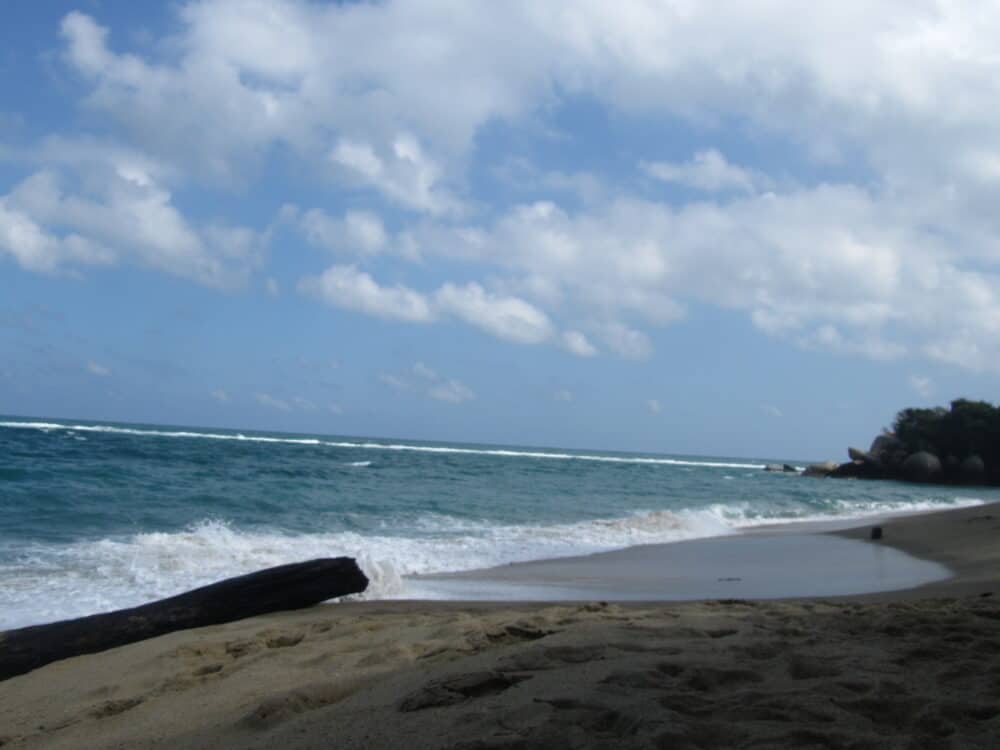
Some Quick Tips for Fully Enjoying Tayrona Park
- You’ll want to make sure you take along your standard beach gear, most importantly, sunscreen , a good hat, and some sunglasses.
- Take along some bug spray, as, especially at night, the mosquitos can come out in force.
- Be sure to stay hydrated in the hot Caribbean sun. You can pick up large jugs of water at the stores just outside the entrance to park to save some pesos.
- As of mid-2020, single use plastics are no longer allowed in Colombian National Parks, so you will want to make any water you bring in be in larger, multi-serving bottles as well as avoid bringing in any standard grocery plastic bags.
- Knives, machetes, and other potential weapons are not allowed in the park, regardless if they are for camping purposes.
- Alcohol is also not allowed in the park, although enforcement of this tends to be hit or miss.
- There are no ATMs inside the park, so be sure to bring along cash. Assuming you are staying at Cabo San Juan del Guía, eating pretty standard meals, and not buying too many beers from the little store, I would recommend budgeting around 150,000 pesos a day. For 2019, the entrance fee to the park was 63,500 pesos during high season, and 53,500 during low season.
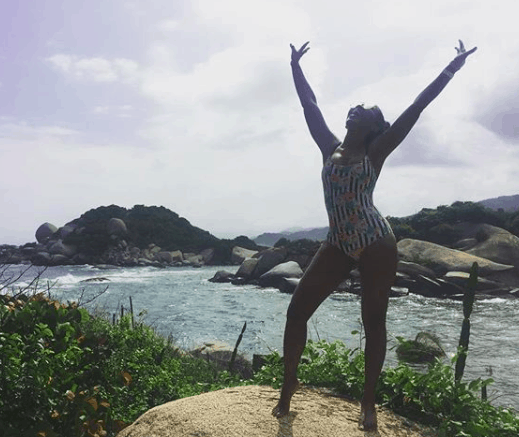
About the Author
Adam McConnaughhay has lived in Cartagena since 2011 and has had the chance to visit Tayrona several times. He writes about Cartagena and other destinations in Colombia at CartagenaExplorer.com.
*All images are owned by Adam McConnaughhay



